![]()
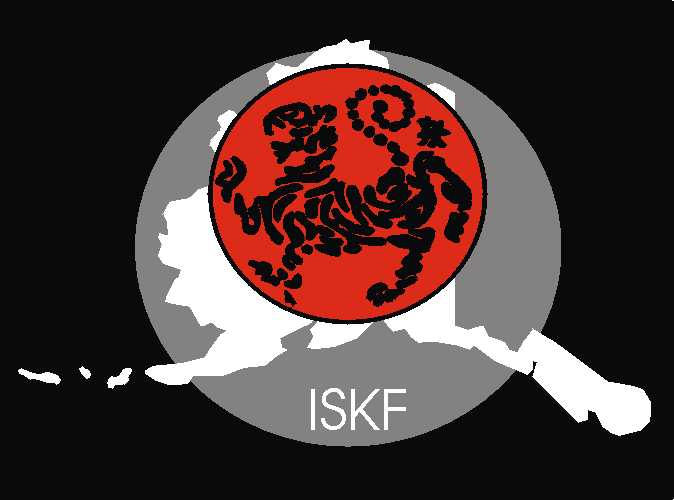
![]()
Martial arts techniques work because of several factors, speed and accuracy being among the most important. A spear-hand strike to the sternum does not work very well. A vulnerable target must be selected, such as the throat, eyes, or solar plexus. The point of contact, or striking surface, is also critical. The striking surface must be suited to the target, and should be as small as possible to maximize the force of the strike. A punch strikes with only the first two knuckles of the fist. Karateka side kicks with impact forces greater than 2000 pounds per square inch (psi) have been measured. Human anatomy and physiology provides martial artists with many convenient pressure points and nerve clusters to exploit. A strong uppercut punch to the armpit will render an opponent unconscious due to the cluster of nerves located there. A sufficiently powerful strike can result in death.
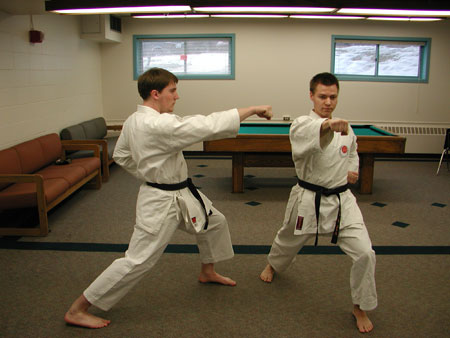
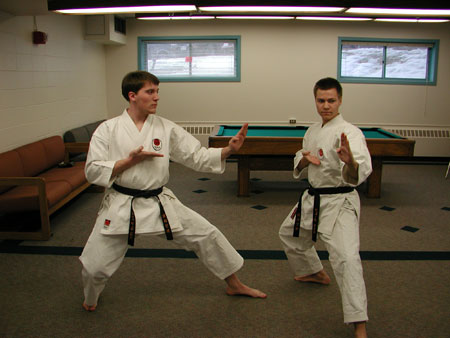
![]()
The manipulation of energy is critical in the arts, whether it be your internal energy or your opponents directional energy. For a technique to be properly executed, the body must be loose and relaxed. At the time of contact with the target, the entire body should tense in a wave, starting from the abdominal region and traveling outwards. Immediately after contact, the body relaxes again. This allows the body to conserve energy, as well as making your movements unpredictable. A tense body betrays every intended movement with a minute twitch.
Your opponent's energy can also be manipulated. Judo, jujitsu, and aikido are good examples of this. Judo is "The Gentle Way." Aikido is "The Way of Harmony." Jujitsu, the traditional samurai martial art, is essentially the combat form of judo. It can also be described as judo crossed with karate. Judo and jujitsu emphasize throwing and arm, head, and leg locks. Aikido focuses more on deflection and redirection. Aikido techniques are incredibly graceful, and violently powerful when necessary. Rapid changes of direction disorient an opponent, usually finished by a throw or break.
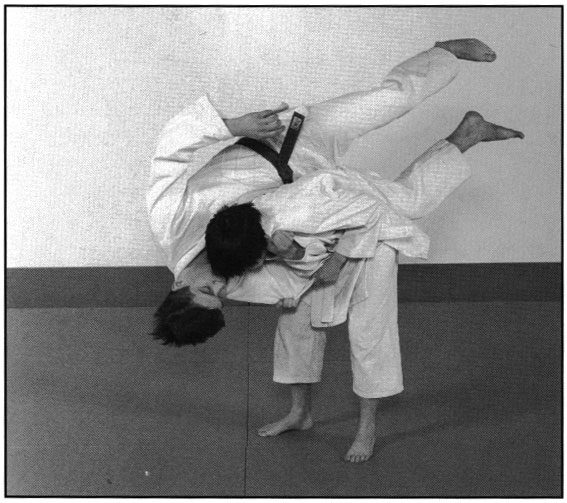
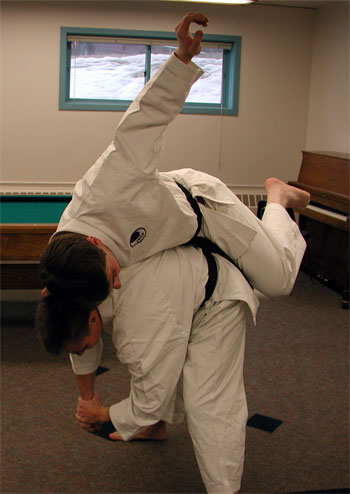
In the left image above, a jujitsu student throws her partner using her shoulder as a fulcrum and his arm as a lever. In the right image, a similar throw at an earlier stage. The left image is from Jujitsu Techniques and Tactics.
In aikido philosophy, there are eight powers that are defined to give the universe body: movement, calm, release, solidification, contraction, expansion, unification, and division. In Western philosophy, these are defined as the four elements earth, water, fire, and air crossed with the four qualities of cold (contraction), hot (expansion), wet (dissolution), and dry (crystallization).
![]()
Hard styles (karate, kenpo, taekwondo) incorporate "linear striking, bone-to-bone blocking, and deflection of an opponent's attack to allow for powerful, rapid, and direct counterattack. Soft martial arts [kung fu, aikido, jujitsu, hapkido, tai chi chuan] are characterized by oblique and specialized striking, circular blocking and parrying, redirection of the opponent's attack to utilize it's momentum, and painful submission and incapacitation techniques." -The Philosophy of Aikido.
Experts agree that hard and soft styles are not mutually exclusive. Both incorporate elements of the other.
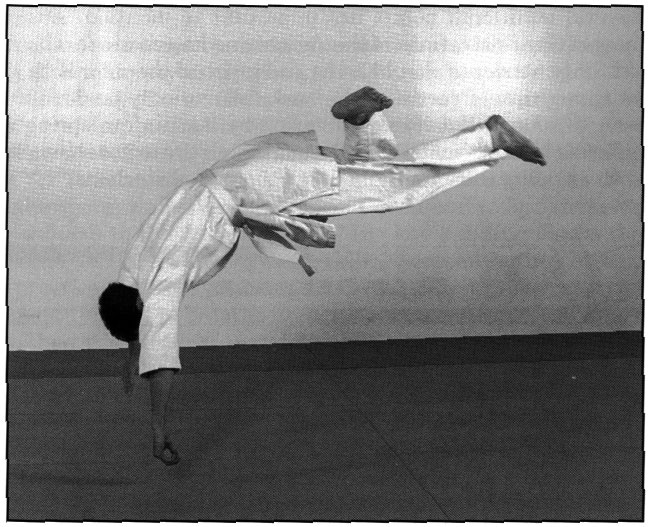 A jujitsu student prepares to roll out of a leap. Image from Jujitsu Techniques and Tactics.
A jujitsu student prepares to roll out of a leap. Image from Jujitsu Techniques and Tactics.
![]()
Most styles teach that one's internal energy (ki/chi/qi) must be focused in order to make power. This is normally accompanied by a ki-ai, a vocal projection of your ki. Some arts teach that your spiritual energy is the most important, and must be aligned with your ki.